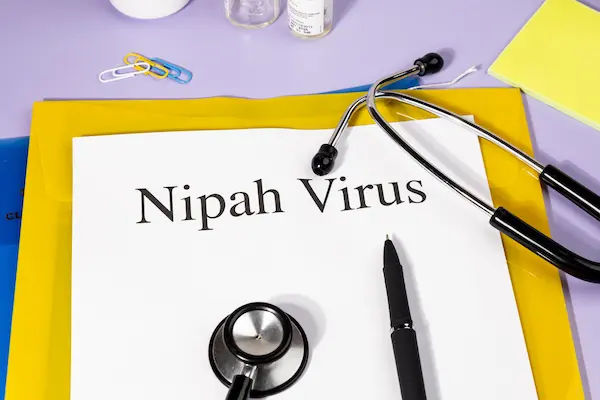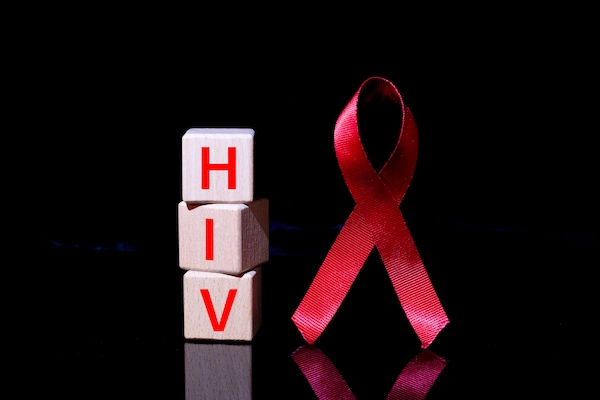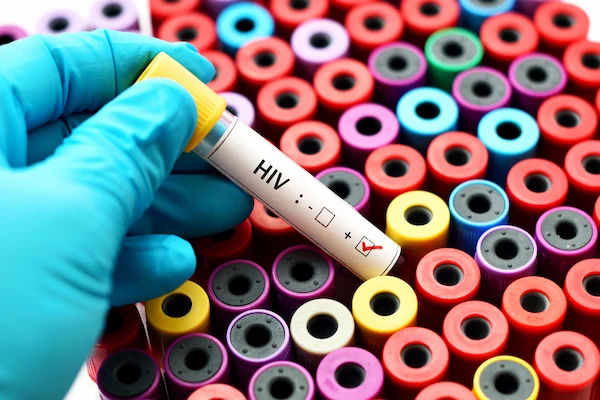- female
- 30 Years
- 29/01/2025
I'm looking at my wife's Widal test results, and I'm a bit concerned. The report shows S Typhi O 120, H 120, and S paratyphi AH 120, BH 120. Does this mean she has typhoid? Can you explain what these figures mean and if we should be worried about a typhoid infection?
Answered by 1 Apollo Doctors
, no typhoid
Dr. Shubham Suggests...
Consult a Infectious Disease specialist
Answered 04/07/2025
0
0

More Infectious Disease Health Queries
View allI'm worried about my HIV test results. They came back nonreactive with an observed value of 0.16. Does this mean I might have HIV, or is everything okay? I'm also a bit anxious about the chances of getting it in the future. If I take the test again, is there a possibility that the value could increase?
Your HIV test result is non-reactive, meaning you do not have HIV. The observed value of 0.16 is well within the normal range for a negative result. The value won't increase unless you are exposed to the virus in the future, so practice safe measures to stay protected.
read more![Doctor 1]()
![Doctor 2]()
Answered by 1 Apollo Doctors
I'm trying to understand these test results better. It says "Salmonella typhi O TO Reactive up to Titre 140" and "Salmonella typhi H TH Reactive up to Titre 1160." Then there's "Salmonella paratyphi A H AH Reactive up to Titre 180," but "Salmonella paratyphi B H BH Non Reactive." Should I be worried about these numbers? What's the difference between my typhi and paratyphi results? Any advice on what these mean for my health? I'm kind of concerned about what I should do next.
mild typhoid no need to worry
read more![Doctor 1]()
![Doctor 2]()
Answered by 1 Apollo Doctors
I'm in Mumbai and my family and I have tested positive for COVID. We're really worried and need to find where we can get remdesivir injections in the Navi Mumbai area. Can you guide us on this?
government hospital
read more![Doctor 1]()
![Doctor 2]()
Answered by 1 Apollo Doctors
Disclaimer: Answers on Apollo 247 are not intended to replace your doctor advice. Always seek help of a professional doctor in case of an medical emergency or ailment.





